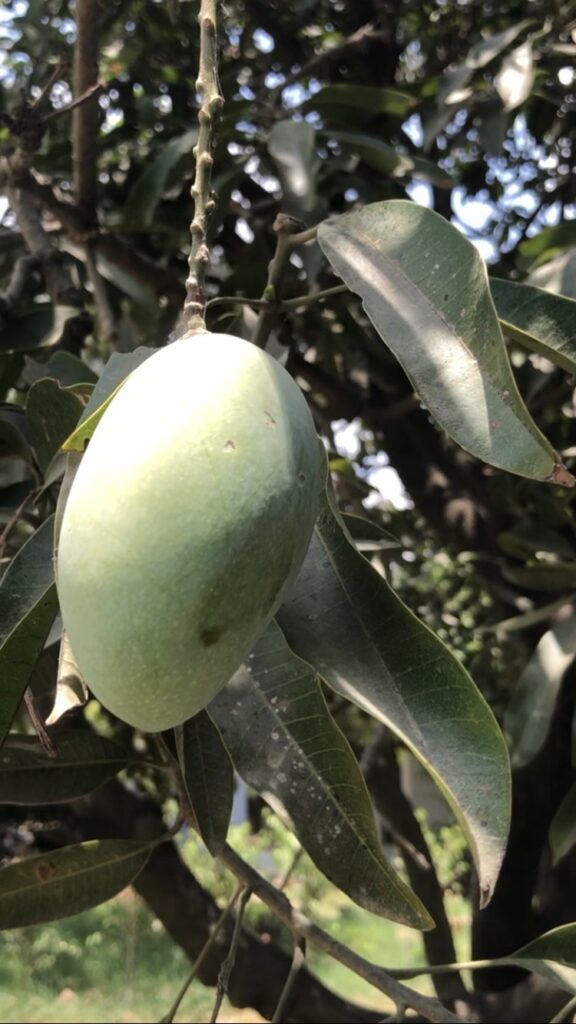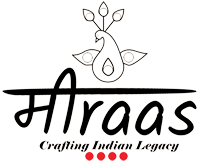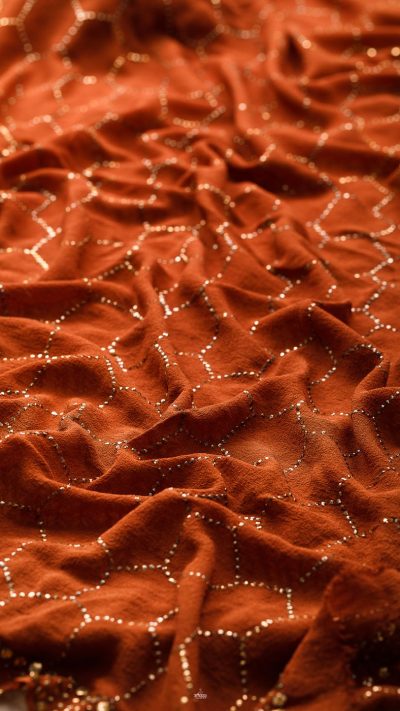The Season of Mangoes & Chikankari: How Nature’s own has always inspired Crafts & Culture
It was the month of June last year, when Brijesh & I, finally did the much-desired Mango Orchard hopping in Malihbaad & Sarora, during the harvest season of the Divine Fruit.
As we entered Lucknow, driving on the spectacular Lucknow-Agra Expressway, the scene of both sides of the massive tar strip was a sight to fill any heart with joy.
Rows & rows of Mango trees were laden with ripe mangoes.



Mangoes that were weighing down boughs with their sweet weight; low enough for the children around to jump & pluck them and munch them afresh.
Growing up in Lucknow means growing up with certain joie de vivre for Mangoes, especially Dussehri variety, that is indigenous to the province of Awadh, most importantly Lucknow.
Come summers, and platefuls of Mangoes are a common sight in every home for every occasion.
Mango parties are a thing you grow up with, when in the city. Someone you know invariably has an orchard, and invitations are extended heartily, where everyone gets together on Mangoes and tete a tete.
It is said, that Dussehri got its name from a horticulturalist, Dashrath, who created a hybrid crop, fusing two Mango varieties. The tree that grew from this nectarine marriage is still in Malihabad. It is said, that this was commissioned by the then Nawab Asaf Ud Daulah of Awadh, as he was personally fond of the fruit (well, who wouldn’t be?!)
Lucknow grows several varieties of Mangoes, of which Dussehri & Lucknowwa Safeda aka Desi Aam is most popular.
Naturally the Fruit of the Gods, or the King of Fruits, for which the whole nation waits to even brave the summers, would have a social & cultural impact on various aspects of lifestyle, including Crafts, like Chikankari.
Within Lucknow’s Chikankari craft, two motifs are a direct result of the Culture of Lucknow – Paan (Betel Leaf) & Aam (Mangoes).



But why would Mangoes have an influence on design ideology of the craft? The answer lies in its divine shape, the dearest amongst fruits; its sweet ambrosia, the loveliest amongst fruits; its colour play of Yellow & Green, with Sindoori peeks, that fill the summer wrenched heart with untold joy.

The good times spent around it, that are enjoyed unanimously by all sectors of the society.
Much of Chikankari happens in these orchards itself, with the wives & daughters of the farmers & orchard workers, supporting themselves by embroidering garments with this dainty, heritage embroidery.
Their joy revolves around this fruit.
In the month of February, the Aamramanjari or Mango Blossoms fill the green trees with bunches of pleasant yellow, delicate blooms, that rain all day long in a symphony of sorts, amidst the pleasant Basant breeze, and clear blue skies. Ah!! What a soulful vision it is.



This also heralds the start of Mangoes growing. Cultural songs of Chaiti are sung all day by the embroidery artisans, as they sit bent over their work, and balmy breeze floats by, with the Nightingale adding to this music with her own coos.
There is silence, peace & calm, as their ninja fingers create wondrous patterns on the fabric.
Songs that are sung are also centered around Mangoes & the umpteen promises of joy they hold. Ambuva ki daali pe bole re koyaliya (The Nightingale coos on the bough of a Mango tree) is a local song, later adapted into many movies in their own way. One example is the film Dahej (1952), made on a real story of a Thakurgunj family from Lucknow, which features a song shown in our Reels on our Instagram page @meiraasofficial
This clearly signifies the impact of the Fruit on the Culture of the place. Why then, it would not be a part of the Craft, that they so meticulously embroider?
As the Mangoes grow, they shed some unripe ones, that make the pleasant pickles & chutney. Oh, the fragrance of a Raw Mango being cut on a summer day. It is like a mouthful of summer. Why would it then not be a part of the Craft they practice?
Apart from consuming themselves, the raw mango, also offers additional employment to them, in making pickles & chutneys & selling them.
As the harvesting season approaches, the air around becomes nectarine. The women are hopeful to see the mangoes grow, the men are happy, as it promises good return for their months of hard work, with which they can plan their family’s future. The children are happy, running around & plucking some fruits to munch directly.
The Expression of all this joy, hope & positivity is translated onto the fabric via needles in the form of the Paisley/Ambi/Aam/Mango motif.

Nature is always the best inspiration, to create the purest form of Art. If the relationship between Chikankari & Mangoes does not attest that, what else will?
We wish you a beautiful Chikankari & Mango Summer on this note.
The above blog post is authored by Vidhi Rastogi & Brijesh Rastogi jointly. The images are all from Official & Personal archives of Meiraas. The cultural & Lucknow references in the blog post are from “Aapka Lucknow” by Padamshree Late Dr. Yogesh Praveen ji, a cultural historian of the city.
















Add comment
You must be logged in to post a comment.